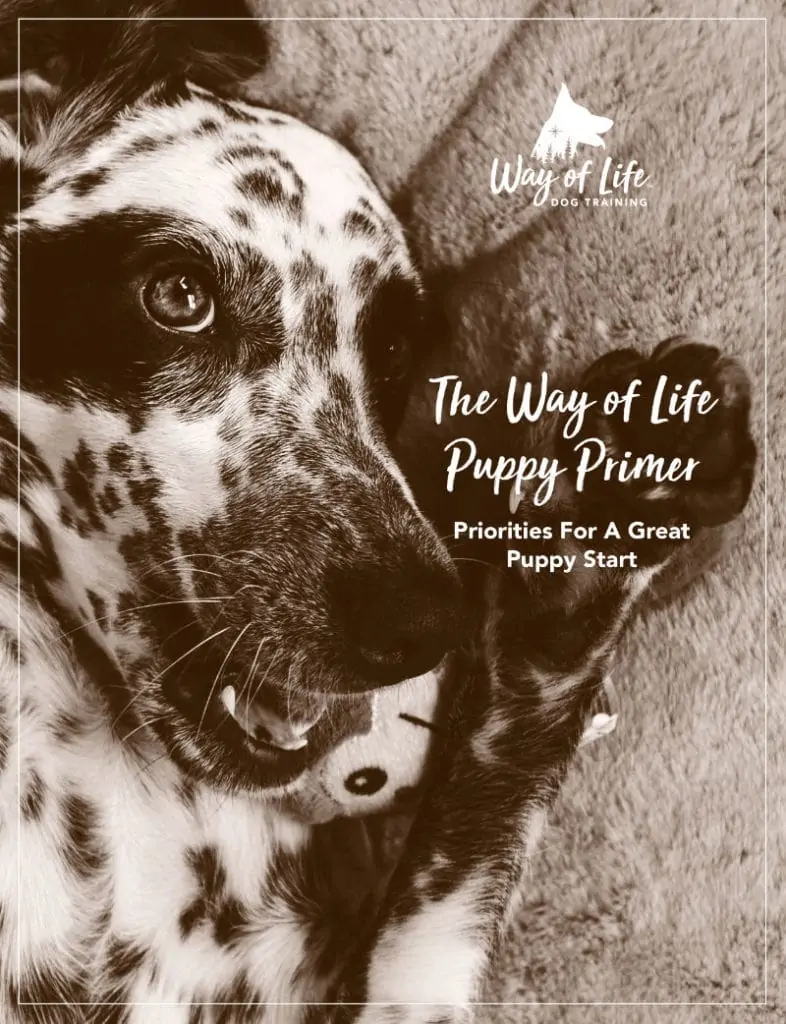Updates ~ Dogs as Friends or Foes ~ The Mat Time Exercise ~ Differences in Training Methods ~ Native Gardening ~ Siberian Trouble

Do you have a new pup?
Download this free Puppy Primer PDF document to get started on the right foundations with your new puppy.
Plus, you’ll get the Way of Life™ Newsletter – offering tips, inspiration, recommendations and more!
Download Free Puppy PrimerPlus, you’ll get the Way of Life™ Newsletter – offering tips, inspiration, recommendations and more!
